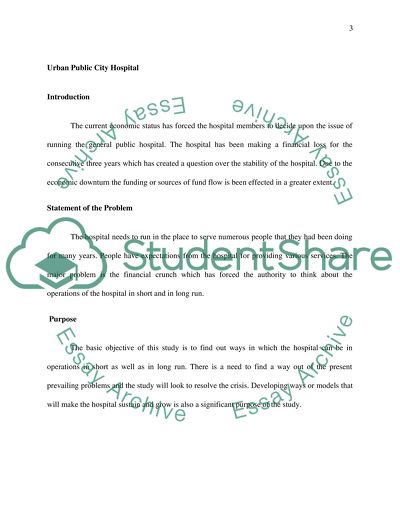Cite this document
(Urban Public City Hospital Research Proposal Example | Topics and Well Written Essays - 2500 words, n.d.)
Urban Public City Hospital Research Proposal Example | Topics and Well Written Essays - 2500 words. Retrieved from https://studentshare.org/health-sciences-medicine/1523447-healthcare-proposal
Urban Public City Hospital Research Proposal Example | Topics and Well Written Essays - 2500 words. Retrieved from https://studentshare.org/health-sciences-medicine/1523447-healthcare-proposal
(Urban Public City Hospital Research Proposal Example | Topics and Well Written Essays - 2500 Words)
Urban Public City Hospital Research Proposal Example | Topics and Well Written Essays - 2500 Words. https://studentshare.org/health-sciences-medicine/1523447-healthcare-proposal.
Urban Public City Hospital Research Proposal Example | Topics and Well Written Essays - 2500 Words. https://studentshare.org/health-sciences-medicine/1523447-healthcare-proposal.
“Urban Public City Hospital Research Proposal Example | Topics and Well Written Essays - 2500 Words”, n.d. https://studentshare.org/health-sciences-medicine/1523447-healthcare-proposal.


